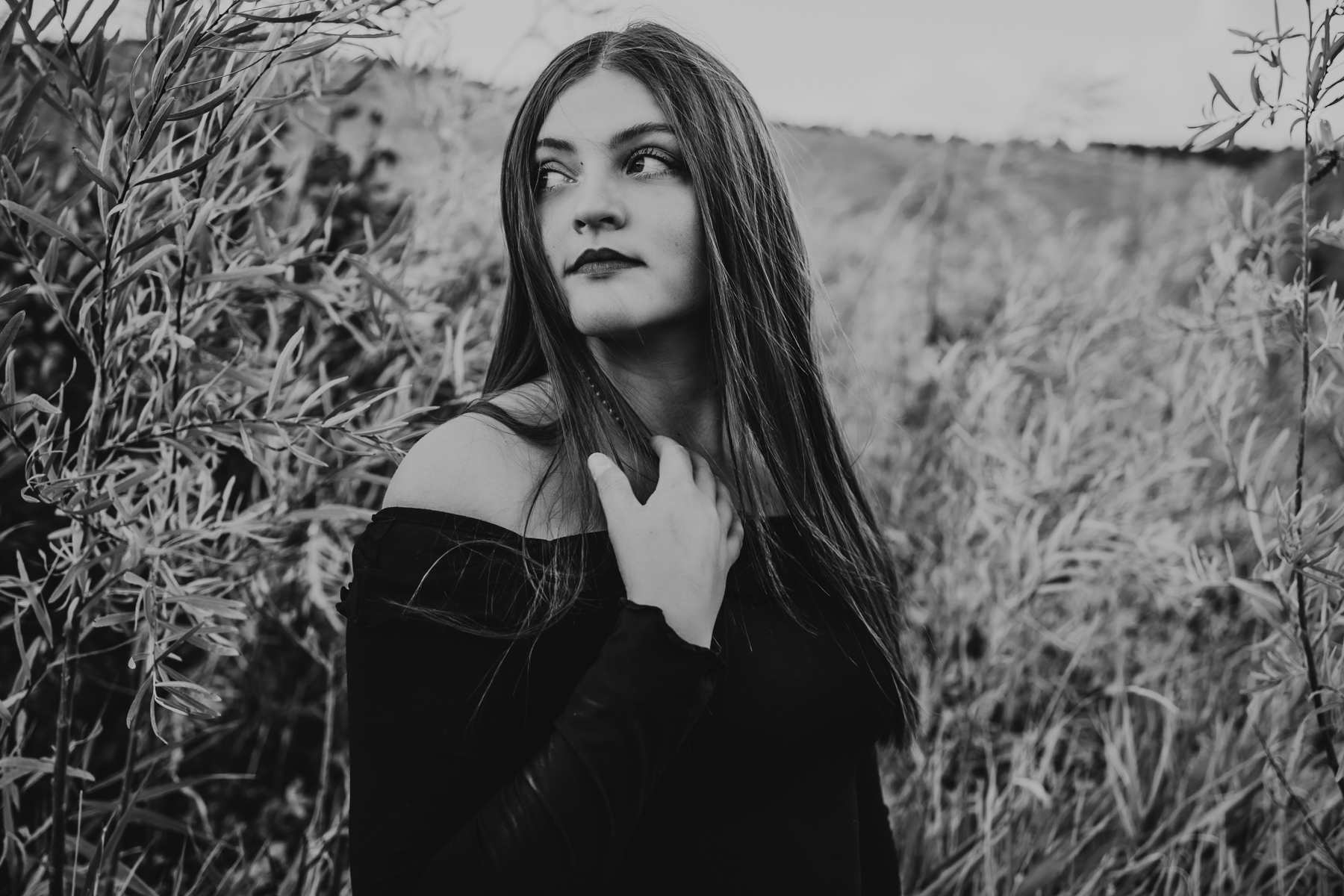When do I convert an image to black and white?
I have been asked that question many times. And I probably ask myself that question a lot more than I realize. Most of the images that I deliver remain in color, but I like to convert a few gems that I have hand-selected to be black and white. I’ll outline a few of these reasons in hopes that this helps you in your own decision.
The image has enough direct emotional impact or feel, and removing the color would enhance that.
Color, although beautiful and very useful for telling a story, can also be distracting. For example, a headshot can make a perfect black-and-white. When color is eliminated, it allows the viewer to focus on the subject and what they are feeling. Black and White can help eliminate all distracting elements from the background and the viewer can zero in on the emotion on the subject’s face.
You have a very smooth or clean background that does not distract your eye from the subject.
Start looking at the backgrounds in your photos. Are they cluttered with different objects and colors that may distract from your subject or are they smooth and clean? If I was taking a photo of someone in a grove of aspens I would most likely opt to leave the image color. I would want to differentiate between the subject and their busy background by utilizing the color in the image. On the other hand, images with clean backgrounds would make a great black and white.
You would like to give your image a nostalgic feel.
Photography is Art! The Objective is to transport our audience and give them an experience. Nostalgia would be the word I use when I think of black and white. They are timeless because we often think of the days of old when we see one. If that is your aim, use it to your advantage to give your viewer an experience of times gone by.
The image was taken in very bad light.
When all else has failed because of poor lighting sometimes all there is left ot do is convert it to black and white. I try to use this reason sparingly but sometimes we are forced to shoot in these conditions. Let’s say you have an image with an incredible feel, but is nearly impossible to work with because of extremely low light conditions or many different light sources fighting with one another. In this case, I would go to black and white to salvage the image for my client.
Defining these reasons for a black and white can help with your decision process, but ultimately it’s your image and you call the shots. You don’t have to follow all the rules because sometimes a busy background can lend to a beautiful black and white. It’s all in the artist’s perspective and the message you are wanting to convey with your image.


+ show Comments
- Hide Comments
add a comment